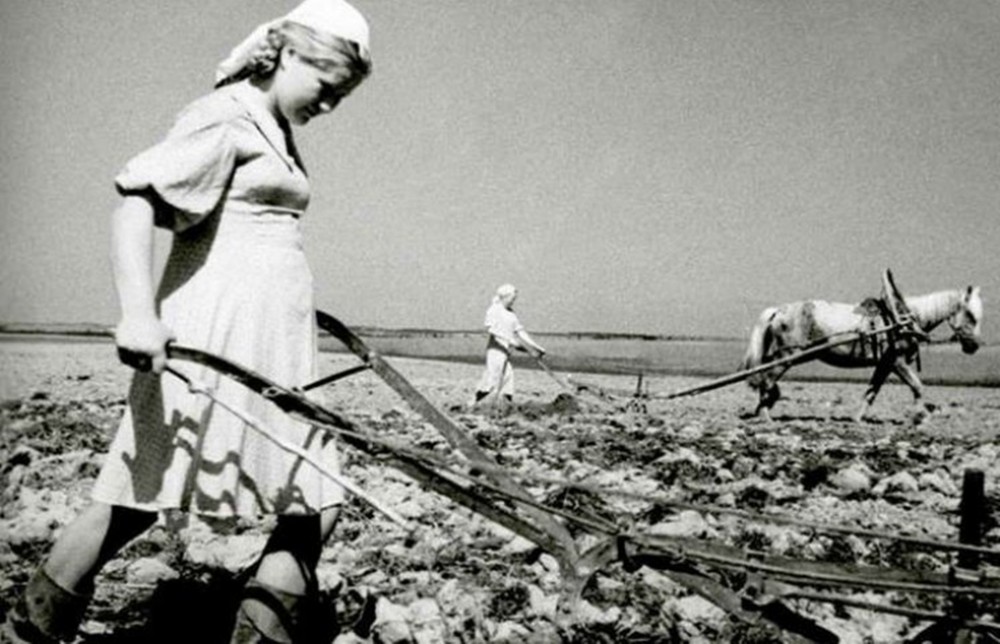
The purpose of article is to use the example of Zhytomyr Oblast and describe the daily survival practices of women collective farmers in the conditions of the reconstruction of the collective farm system and the famine of 1946-1947 and the peculiarities of their perception of those transformational processes, which they were witnesses and participants of. Scientific novelty. The topic of everyday life in the Ukrainian village in the period of late Stalinism is considered from the aspect of experience of Ukrainian collective farmers women for the first time in Ukrainian historiography. Conclusion. The core of the post-war reconstruction of the Ukrainian village was the restoration of the collective farm system. Given the changes in the demographic situation caused by the war and the German occupation of Ukrainian territories, women were the main mobilization resource for replenishing the ranks of collective farm workers. The memories of peasant women/peasants of Zhytomyr region provide grounds for the conclusion that in the period under study, the collective farm system had a distinctly discriminatory nature for women. Labor relations in the structure of the collective farm, which during the famine of 1946-1947 had a repressive character, had a dominant influence on the everyday lifestyle of the rural family. According to the stories of our respondents, in the period we studied, the responsibility for the survival of the family mostly rested on the woman-mother. In historiography, this status of hers is usually called ‘double burden’. There have been certain changes in the spatial and temporal dimensions of women’s everyday life. The woman had to combine hard work in the collective farm with work in the household and care and upbringing of children. During the famine of 1946-1947, women’s survival practices to some extent depended on her status: either she was a ‘widow’ (the breadwinner of the family) or ‘had a husband’ (responsibility for providing for the family was shared between spouses). In general, it can be confidently asserted that the strategies of everyday behavior of the peasants in the first years of post-war reconstruction had a clear imprint of gender-colored labeling.
Source: Starodubets G. (2022). Women’s Practices of Everyday Life in the Conditions of the Ukrainian Village in the First Years of Post-War Reconstruction (1944-1947). Eminak: Scientific Quarterly Journal. (3(39): 125-142
Source web-site: https://eminak.net.ua/index.php/eminak/article/view/595/417
Number of views: 1104